The History and Legacy of Staunton Chess Sets : Design & Collecting
The Enduring Legacy of Staunton Chess Sets: A Deep Dive into History, Design, and Modern Collecting
In the long history of chess, few innovations have stood the test of time like the Staunton chess set. For nearly two centuries, this iconic design has defined how the game is played at every level — from casual park games to the most prestigious world championships.
At The Official Staunton Chess Company, we’ve spent decades studying, handling, and faithfully reproducing these historic chessmen. Our work connects the artistry of the 19th century with the standards of modern tournament play. But the Staunton set is more than just a collection of carved wooden pieces — it’s a story of design genius, cultural influence, and enduring craftsmanship.
In this article, we’ll take a deep look at the history of the Staunton chess set, why it became the global standard, how Jaques of London shaped its early production, and what makes today’s reproductions sought after by players and collectors alike. We’ll also explore the materials, craftsmanship, and design principles that keep the Staunton name relevant nearly 175 years after its debut.
1. The State of Chess Before Staunton
To appreciate the significance of the Staunton set, we need to understand the chaos that came before it. Prior to the mid-19th century, chess sets across Europe varied wildly in design. The St. George pattern was common in Britain, while continental Europe favoured styles like the Selenus or Regency designs. These sets were often elaborate, but they came with serious drawbacks:
-
Difficult identification – Players unfamiliar with a set’s design could struggle to distinguish pieces at a glance.
-
Fragility – Thin stems and ornate detailing were prone to breaking.
-
Poor stability – Many sets were top-heavy and fell easily during play.
These issues were not just aesthetic inconveniences — they directly affected gameplay, particularly in competitive matches.
2. The Birth of a Design Revolution
The Staunton set was born in 1849, the result of collaboration between three key figures:
-
Nathaniel Cook – A designer and editor who patented the set’s design.
-
Howard Staunton – The world’s leading chess player at the time, whose name was used to market the set.
-
John Jaques – A master craftsman and founder of Jaques of London, responsible for manufacturing the sets.
Cook’s design addressed every major flaw of earlier patterns:
-
Distinctive silhouettes – Each piece could be recognised instantly, even by players unfamiliar with the set.
-
Stable bases – Broad, weighted bases reduced the risk of tipping.
-
Durable proportions – Pieces were strong enough to withstand regular handling.
-
Neoclassical inspiration – Columns, arches, and simple curves gave the set elegance without fragility.
Jaques of London produced the first run of Staunton sets in boxwood (light) and ebony (dark), pairing them with finely crafted wooden boxes and boards.
3. Why Staunton Became the Global Standard
The design’s genius lay in its functional elegance. It didn’t just look better — it worked better. Players could instantly identify the difference between a bishop and a pawn, even in the heat of a rapid game. The sturdy build meant pieces could be moved quickly without toppling.
By the early 20th century, the Staunton set was officially adopted by the newly formed Fédération Internationale des Échecs (FIDE) as the standard for all international tournaments. Today, FIDE regulations still specify dimensions and proportions directly based on the Staunton design.
4. Jaques of London and the Early Collectors’ Market
Original 1849 Jaques Staunton sets are among the crown jewels of chess collecting. They can be identified by specific maker’s stamps — early sets often included a small green label or a “Jaques London” imprint beneath the king’s base. Condition, provenance, and completeness all influence value, with some examples selling for over £20,000 at auction.
At The Official Staunton Chess Company, we work with genuine antique examples from our own collection when creating reproductions. This ensures historical accuracy in every curve, proportion, and carving detail — something mass-market reproductions simply cannot match.
5. Anatomy of the Staunton Design
The Staunton set is instantly recognisable thanks to a few key design elements:
-
King – A coronet topped with a cross finial.
-
Queen – A coronet with a spherical finial.
-
Bishop – A rounded head with a distinctive diagonal mitre cut.
-
Knight – A carved horse’s head, often the most detailed and artistic piece.
-
Rook – A solid tower with crenellations.
-
Pawn – A simple sphere atop a slender column.
The knight is particularly important in judging the quality of a set — hand-carved knights with fine facial detail and flowing manes are a hallmark of premium craftsmanship.
6. Materials: Then and Now
Historically, Jaques Staunton sets were made from:
-
Boxwood – Light, fine-grained, and excellent for carving.
-
Ebony – Dense, jet-black, and highly durable.
Today, modern reproductions use these same timbers alongside sustainable alternatives like acacia or padauk. At The Official Staunton Chess Company, we ensure all woods are ethically sourced, complying with international trade regulations such as CITES for endangered species.
7. The Craftsmanship Process
Producing a high-quality Staunton chess set is a meticulous process:
-
Wood selection – Only premium-grade billets are chosen, free from knots or cracks.
-
Turning – The body of each piece is shaped on a lathe to precise measurements.
-
Carving – The knight is hand-carved by skilled artisans, a process that can take hours per piece.
-
Weighting – Metal weights are inserted to improve stability.
-
Felt fitting – Green or black baize is applied to protect the board.
-
Polishing – Each piece is hand-polished for a smooth finish.
This process blends traditional craftsmanship with modern precision, ensuring every set meets both historical and practical standards.
8. Caring for a Wooden Staunton Chess Set
A well-made Staunton set can last for generations, but only with proper care:
-
Store away from direct sunlight to prevent fading.
-
Keep in a dry, stable environment — avoid high humidity.
-
Dust regularly with a soft cloth.
-
Apply a natural wax polish occasionally for lustre.
9. The Collector’s Perspective
For collectors, a reproduction Staunton set offers an accessible way to own a piece of chess history without the risks or costs of antiques. Limited-run reproductions from reputable makers — such as The Official Staunton Chess Company — can also appreciate in value, especially when paired with matching boards and storage cases.
Collectors look for:
-
Faithfulness to the original design.
-
Quality of materials.
-
Craftsmanship detail (especially in the knight).
-
Completeness (full set plus spares if applicable).
10. Staunton in the Digital Age
Even as online chess surges in popularity, physical Staunton sets remain essential for over-the-board play. Clubs, schools, and tournaments continue to use them, and many players find that handling real pieces deepens their connection to the game.
Interestingly, many online chess platforms base their digital piece graphics directly on the Staunton design, a testament to its universal appeal.
11. Choosing the Right Staunton Set for You
If you’re considering a Staunton set, ask yourself:
-
Purpose – Is it for play, display, or both?
-
Size – Match the king’s base to 75% of your board’s square size.
-
Material – Ebony and boxwood for tradition; acacia and padauk for warmth and colour.
-
Budget – Good Staunton sets are available at various price points without sacrificing quality.
12. Why The Official Staunton Chess Company Stands Apart
We’ve built our reputation on three pillars:
-
Authenticity – Our reproductions are based on physical examples, not photographs.
-
Craftsmanship – Every piece is hand-finished and inspected.
-
Expertise – Decades of experience in both the historical and retail sides of the chess world.
Our role is not just to sell chess sets, but to preserve the cultural legacy of the Staunton design for generations to come.
13. The Enduring Symbol of Chess
In the end, the Staunton chess set is more than a set of playing pieces — it’s a bridge between past and present. Its balance of form and function has made it the most successful chess design in history, and its elegance ensures it will remain the standard for decades, if not centuries, to come.
Whether you’re playing a casual game with a friend or competing for a championship title, the Staunton set is a silent partner in every move, carrying with it the weight of tradition and the beauty of craftsmanship.



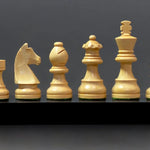
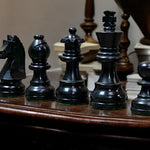
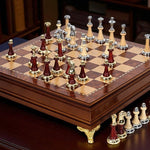
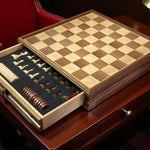
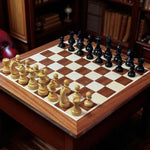
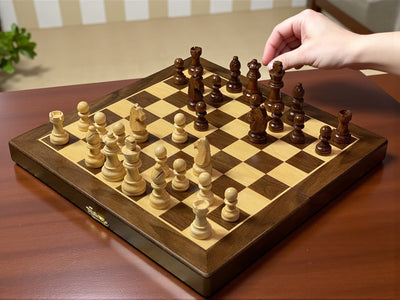
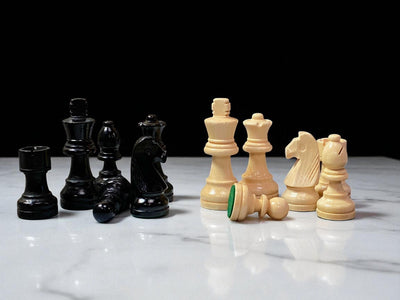
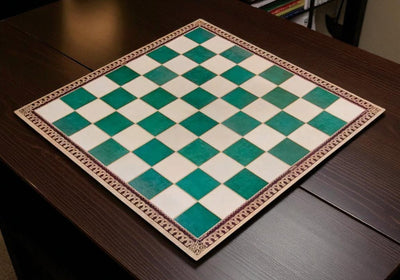
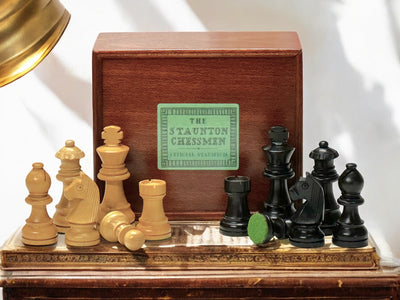
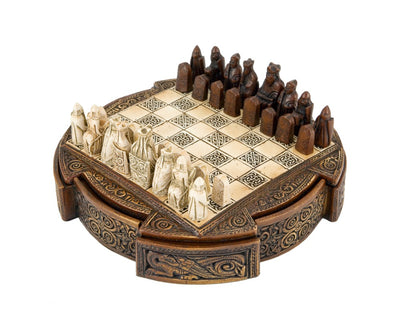
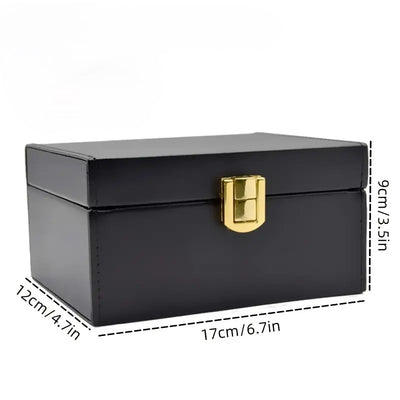
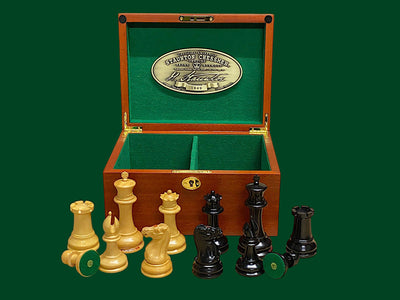
Leave a comment